Deborah J. Street, Leonie Burgess9780470053324, 0470053321
Table of contents :
The Construction of Optimal Stated Choice Experiments……Page 4
Contents……Page 8
List of Tables……Page 14
Preface……Page 20
1 Typical Stated Choice Experiments……Page 24
1.1 Definitions……Page 25
1.2 Binary Response Experiments……Page 26
1.2 One Option from a Survey about Breast Screening Participation……Page 28
1.5 Attributes and Levels for the Study Examining Preferences for HIV Testing Methods……Page 30
1.6 One Choice Set from the Study Examining Preferences for HIV Testing Methods……Page 31
1.7 Five Attributes to be Used in an Experiment to Investigate Miscarriage Management Preferences……Page 32
1.8 Five Attributes Used to Compare Aspects of Quality of Life……Page 33
1.7.2 Non-mathematical Issues for Stated Preference Choice Experiments……Page 34
1.7.3 Published Studies……Page 35
1.8 Concluding Remarks……Page 36
2 Factorial Designs……Page 38
2.1.1 2k Designs……Page 39
2.1.2 3k Designs……Page 42
2.3 A, B, and AB Contrasts for a 33 Factorial……Page 47
2.4 Main Effects Contrasts for a 2 x 3 x 4 Factorial……Page 48
2.5 A Regular 24-1 Design……Page 50
2.2.2 Three-Level Fractions……Page 56
2.2.3 A Brief Introduction to Finite Fields……Page 60
2.2.4 Fractions for Prime-Power Levels……Page 62
2.3 Irregular Fractions……Page 64
2.3.1 Two Constructions for Symmetric OAs……Page 66
2.3.2 Constructing OA[2k; 2k1; 4k2; 4]……Page 67
2.3.3 Obtaining New Arrays from Old……Page 69
2.3.4 Exercises……Page 75
2.4 Other Useful Designs……Page 76
2.5 Tables of Fractional Factorial Designs and Orthogonal Arrays……Page 78
2.6 References and Comments……Page 79
3 The MNL Model and Comparing Designs……Page 80
3.1.1 Utility……Page 81
3.1.2 Choice Probabilities……Page 82
3.2 The Bradley-Terry Model……Page 83
3.2.1 The Likelihood Function……Page 84
3.2.2 Maximum Likelihood Estimation……Page 85
3.2.3 Convergence……Page 88
3.2.4 Properties of the MLEs……Page 90
3.2.5 Representing Options Using k Attributes……Page 93
3.3.1 Choice Sets of Any Size……Page 102
3.3.3 The Assumption of Independence from Irrelevant Alternatives……Page 105
3.4 Comparing Designs……Page 106
3.4.1 Using Variance Properties to Compare Designs……Page 107
3.4.2 Structural Properties……Page 111
3.4.3 Exercises……Page 114
3.5 References and Comments……Page 115
4.1 Optimal Pairs from the Complete Factorial……Page 118
4.1.1 The Derivation of the Λ Matrix……Page 120
4.1.2 Calculation of the Relevant Contrast Matrices……Page 122
4.1.3 The Model for Main Effects Only……Page 123
4.1.4 The Model for Main Effects and Two-factor Interactions……Page 128
4.1.5 Exercises……Page 140
4.2.1 The Derivation of the Λ Matrix……Page 141
4.2.2 The Model for Main Effects Only……Page 142
4.2.3 The Model for Main Effects and Two-Factor Interactions……Page 144
4.2.4 Dominating Options……Page 156
4.3 References and Comments……Page 157
5 Larger Choice Set Sizes for Binary Attributes……Page 160
5.1.1 Difference Vectors……Page 161
5.1.2 The Derivation of the Λ Matrix……Page 166
5.1.3 The Model for Main Effects Only……Page 170
5.1.4 The Model for Main Effects and Two-Factor Interactions……Page 175
5.2 Small Optimal and Near-Optimal Designs for Larger Choice Set Sizes……Page 182
5.2.1 The Model for Main Effects Only……Page 183
5.2.2 The Model for Main Effects and Two-Factor Interactions……Page 186
5.2.3 Dominating Options……Page 187
5.3 References and Comments……Page 188
6 Designs for Asymmetric Attributes……Page 190
6.1 Difference Vectors……Page 192
6.1.1 Exercises……Page 196
6.2 The Derivation of the Information Matrix Λ……Page 197
6.3 The Model for Main Effects Only……Page 203
6.4 Constructing Optimal Designs for Main Effects Only……Page 212
6.5 The Model for Main Effects and Two-Factor Interactions……Page 220
6.5.1 Exercises……Page 232
6.6 References and Comments……Page 233
Appendix……Page 234
6. A.1 Optimal Designs for m = 2 and k = 2……Page 235
6. A.2 Optimal Designs for m = 2 and k = 3……Page 236
6. A.3 Optimal Designs for m = 2 and k = 4……Page 240
6. A.4 Optimal Designs for m = 2 and k = 5……Page 243
6. A.5 Optimal Designs for m = 3 and k = 2……Page 244
6. A.6 Optimal Designs for m = 4 and k = 2……Page 246
6. A.7 Optimal Designs for Symmetric Attributes for m = 2……Page 248
7 Various Topics……Page 250
7.1.1 Choice Experiments with a None Option……Page 251
7.1.2 Optimal Binary Response Experiments……Page 256
7.1.3 Common Base Option……Page 257
7.1.4 Common Base and None Option……Page 259
7.2.1 Main Effects Only for Asymmetric Attributes……Page 260
7.2.2 Main Effects and Two-Factor Interactions for Binary Attributes……Page 263
7.2.3 Choice Experiments with Choice Sets of Various Sizes……Page 265
7.3 Partial Profiles……Page 266
7.4 Choice Experiments Using Prior Point Estimates……Page 268
7.5 References and Comments……Page 269
8 Practical Techniques for Constructing Choice Experiments……Page 272
8.1.1 Smaller Designs for Examples in Section 6.4……Page 274
8.1.2 Getting a Starting Design……Page 279
8.1.3 More on Choosing Generators……Page 287
8.2.1 Getting a Starting Design……Page 292
8.2.2 Designs for Two-Level Attributes……Page 294
8.2.3 Designs for Attributes with More than Two Levels……Page 295
8.2.4 Designs for Main Effects plus Some Two-Factor Interactions……Page 299
8.3 Other Strategies for Constructing Choice Experiments……Page 302
8.4 Comparison of Strategies……Page 314
8.5 References and Comments Appendix……Page 316
8.A.1 Near-Optimal Choice Sets for l1 = l2 = 2, l3 = l4 = l5 = l6 = 4, l7 = 8, l8 = 36, and m = 3 for Main Effects Only……Page 317
8.A.2 Near-Optimal Choice Sets for l1 = l2 = l3 = l4 = l5 = 4, l6 = 2, l7 = l8 = 8, l9 = 24, and m = 3 for Main Effects Only……Page 319
Bibliography……Page 324
Index……Page 332
1.1 Attributes and Levels for the Survey to Enhance Breast Screening Participation……Page 27
1.4 One Choice Set in an Experiment to Compare Pizza Outlets……Page 29
2.1 Values of Orthogonal Polynomials for n = 3……Page 45
2.2 A, B, and AB Contrasts for a 32 Factorial……Page 46
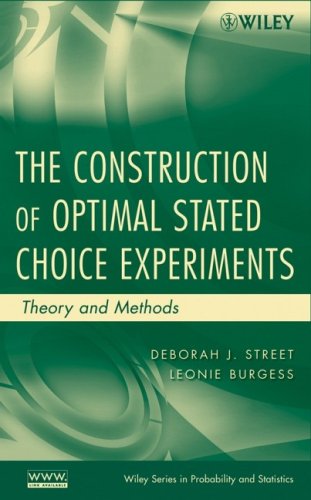
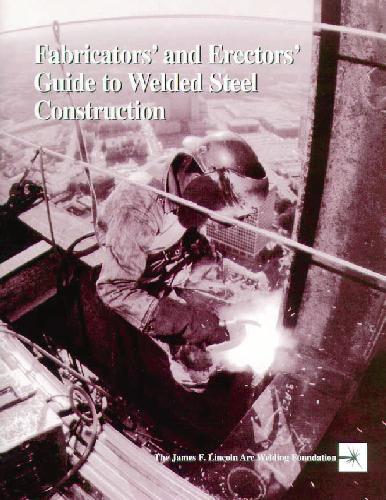
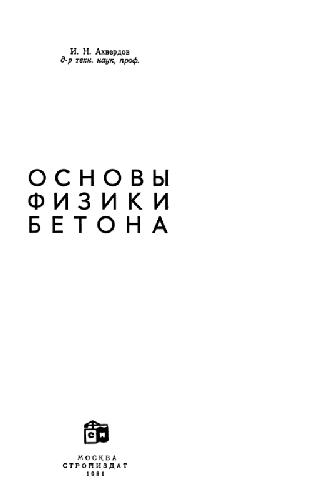

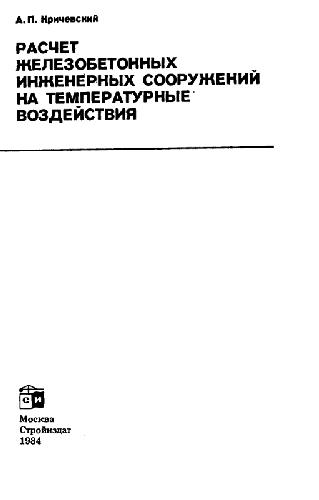

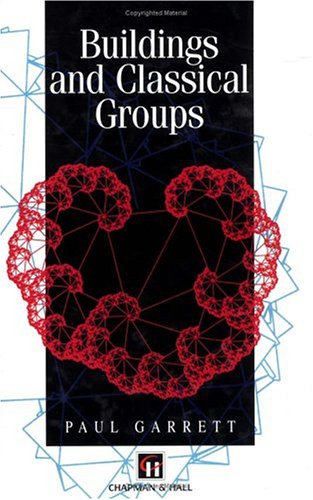
Reviews
There are no reviews yet.